
20 Oct, 2014
In Pictures: Rising-star Thai designers showcase Thainess products to hospitality sector
Bangkok – The power of travel & tourism as a multi-sectoral job-creator and conduit for artistic innovation has taken another giant leap forward with the first exhibition organised in Thailand to bring together buyers in the global hospitality sector with sellers in the rapidly-emerging Thai design sector.
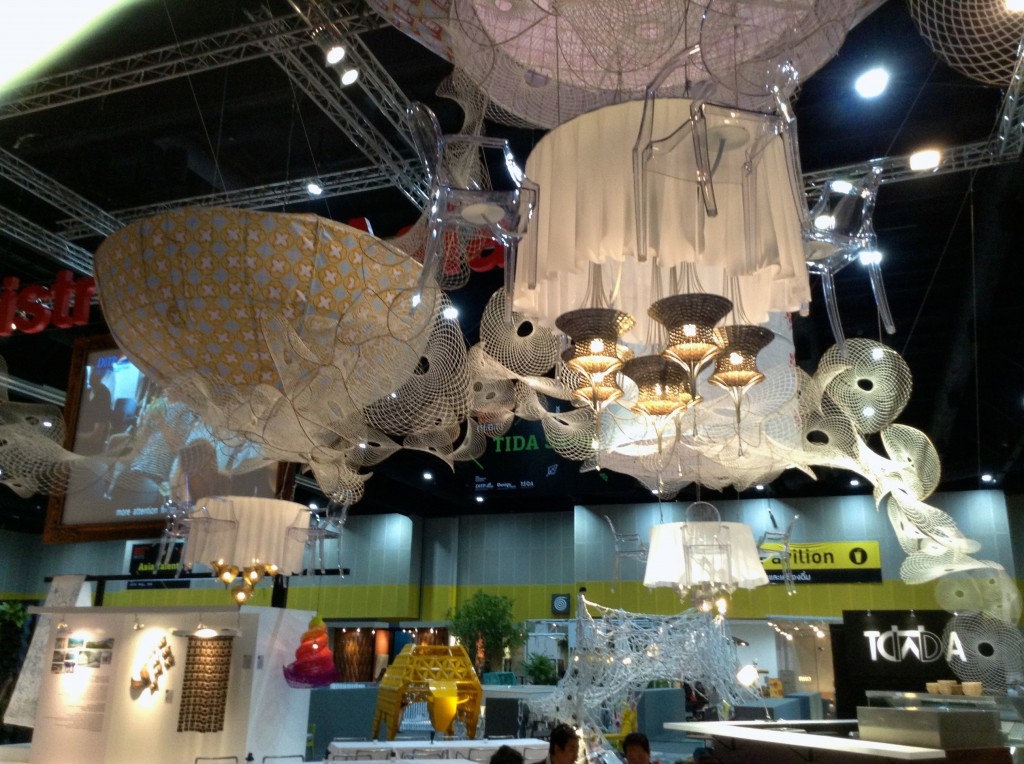 The awesome scene that greets visitors upon entering H.O.T. See more pictures of the many other fascinating products below. |
Senior executives of hotels, spas, restaurants, cruise ships, convention centres and airports have until Oct 23 to see some fascinating products by emerging Thai designers which have been specially put together under one roof as part of the annual Gift and Housewares Fair at the Bangkok International Trade & Exhibition Centre.
Visiting the specially-designated hall, appropriately named Hospitality Objects Thailand (H.O.T.), on the opening day, Oct 19, was like experiencing a heritage museum and art gallery all at once. Website: http://oct2014.bigandbih.com/
Ms Pawinee Santisiri, President of the Design & Objects Association, said, “Thailand’s compelling history and heritage translates very effectively into modern, 21st century design concepts. That’s why so many hotel owners around the world are now looking to Thai designers for inspiration as they seek new ways of attracting business and leisure travellers. The Design & Objects Association is very proud to present Thailand’s design capabilities at such an important international event.”
The project is backed by the Department of International Trade Promotion, under the Ministry of Commerce, as part of a national effort to create stronger brand images for Thai products and design. Said Mrs Nuntawan Sakuntanaga, the DITP Director-General, “H.O.T. is a venue to promote Thailand’s unique design DNA to markets worldwide, enabling the country’s impressive talent pool to gain greater market share and wider international recognition.”
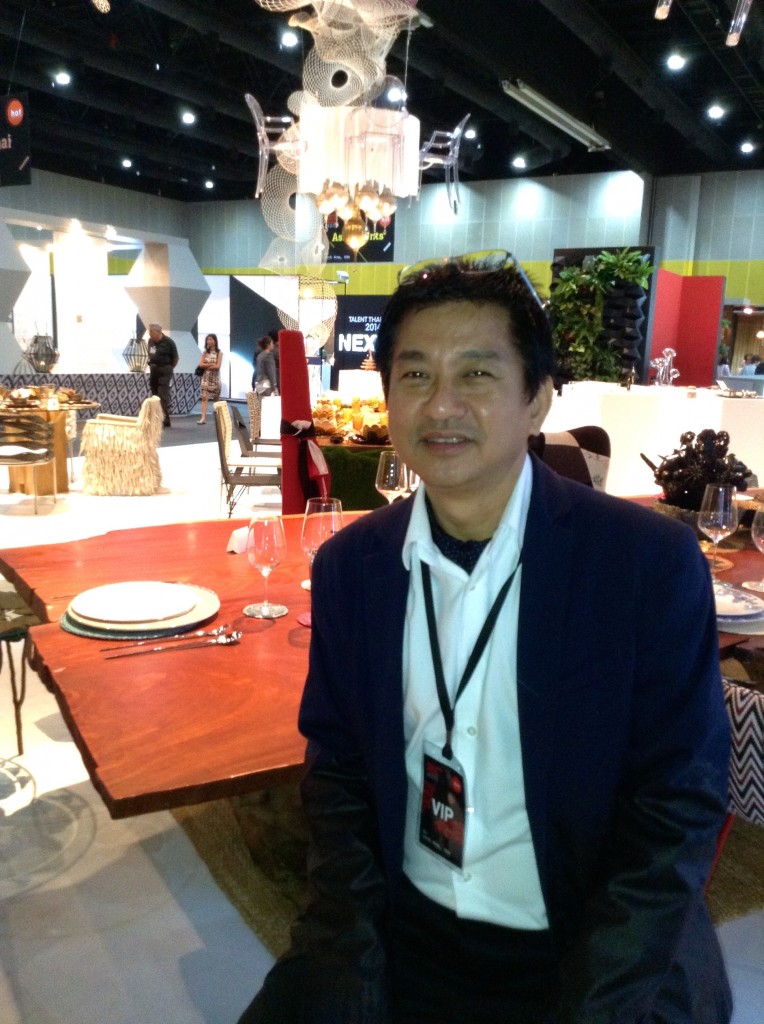 Mr. Eggarat Wongcharit |
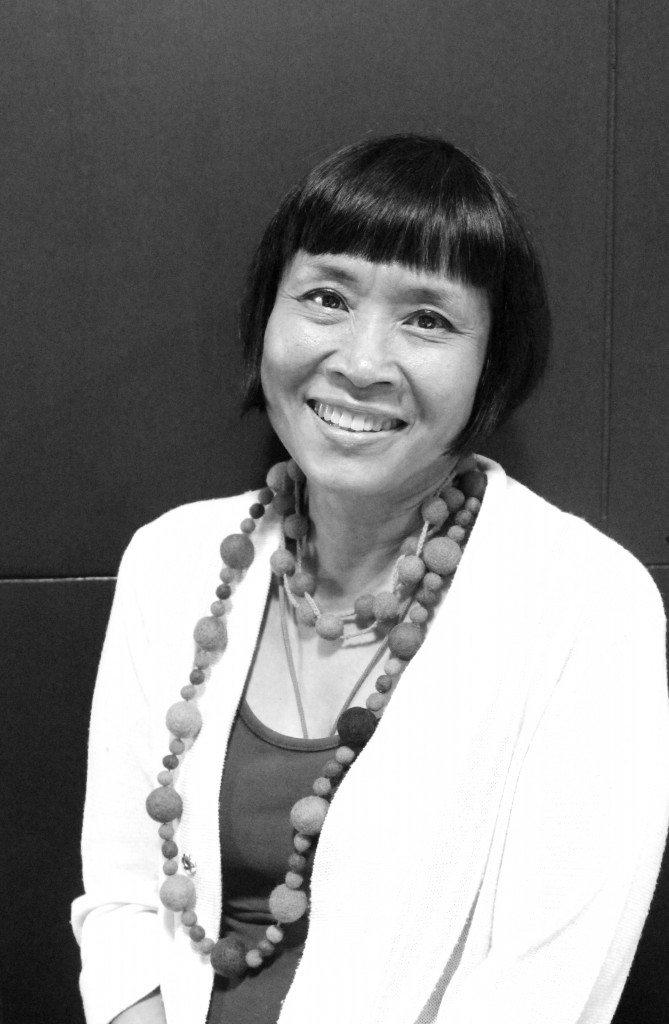 Ms Pawinee Santisiri |
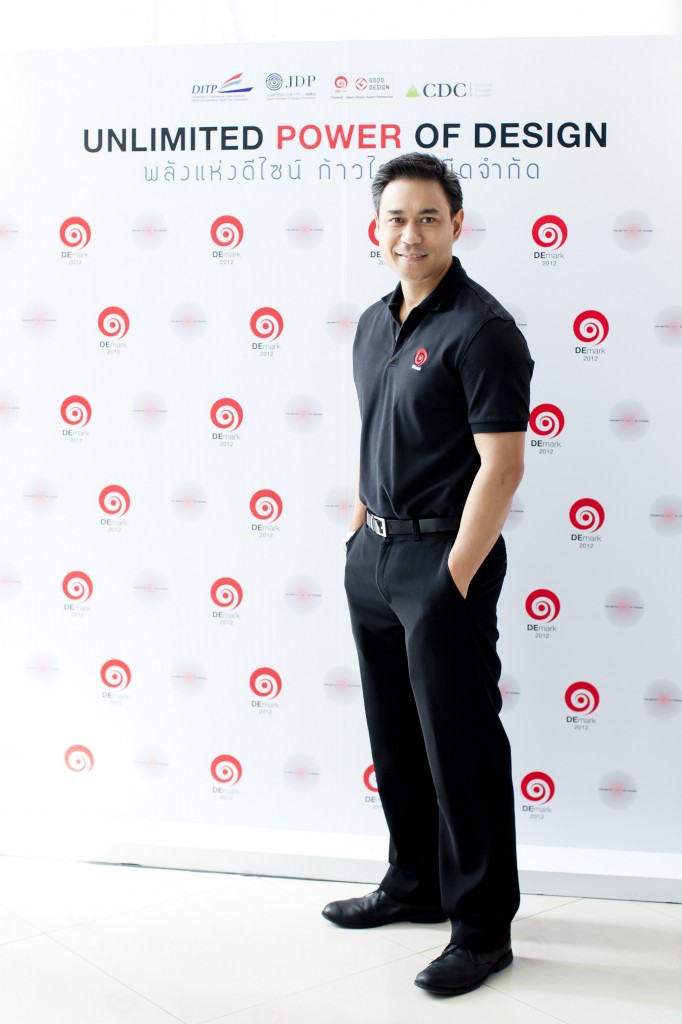 Mr Kathathong Thongyai, Director, Thailand Institute of Design |
Mr. Eggarat Wongcharit, Creative Director of Craft Factor, one of Thailand’s most successful designers of furniture and home accessories, said, “Only a small handful of Thai designers get a chance to visit international trade shows in Europe. Given the growth of the Thai travel & tourism industry, we felt it was a perfect opportunity to show decision makers in the hotels and hospitality sectors what we are capable of. The H.O.T show gives us a perfect platform for demonstrating that Thailand’s design DNA can work in any international market.”
Mr. Eggarat said the new exhibition fitted perfectly with the TAT’s new “Thainess” campaign theme. He called on the TAT as well as other Thai state-enterprises such as the Thailand Convention & Exhibition Bureau, Thai Airways International and the Airports of Thailand to do more to promote the products of Thai designers.
One highlight of H.O.T 2014 is the specially designated zone called ‘FantAsia & Futuristic Hotel Space Design’, created with the support of the Thailand Institute of Design and Innovation (under the DITP). The show also includes an exceptional, next-generation Design Showcase co-created by the Thailand Interior Designers’ Association (TIDA) and the Design & Objects Association.
Other major attractions include The Innovation Plus Design Café (display of a prototype coffee shop for a new modern lifestyle generation) and ‘Bistro FantAsia’ where chefs from popular venues in Bangkok demonstrate their culinary creativity with innovative kitchenware and newly-designed cooking utensils. As part of the build-up to the ASEAN Community, the DITP has also flown in a number young designers from ASEAN countries to display their products in an Asian Talent section.
There is a special section of products from Northeast Thailand, once widely considered to be the poorest part of Thailand but now on the rise thanks to its border with the emerging neighbours of Laos and Cambodia. The products include a wide range of village-weaved fabrics, costume jewellery and bamboos converted into wall-hangings.
Comprised mainly of small and medium sized enterprises, the Thai design sector has been through some hard times due to the up-and-down economic conditions in Thailand. Many have exhibited over the years at the Gift and Housewares Fair but they were all spread out, with no focus or thematic direction. That has now changed. Although the Thai economy is still not out of the doldrums, the hotel inventory continues to grow which has required the Tourism Authority of Thailand to spend millions of dollars on marketing to bring visitors back.
Ms Pawinee noted that these products are major job creators for women, especially in the handicrafts sector. The labour force at her own company, which specialises in making furniture out of water hyacinth, is 90% women. She said, “We want to see more Thai designers become prominent on the global stage and H.O.T. is going to provide that platform.” She also cited the important role played by Silpakorn University, one of the region’s most reputed institutions of specialist higher education in fine arts.
Upcoming hotels in the Greater Mekong Subregion countries are also turning to Thai designers for help in everything from restaurants and spas to interior décor and bathrooms. Said Mr. Eggarat, “Thailand could be a hub in design services, especially hospitality design. We are not selling ourselves well. This is the first time that we are doing this.”
He noted that Thailand and the other ASEAN countries were craft-based societies, but Thai products had a USP: “When exhibiting our work, people are surprised by the colour, the texture, and the spirit. It looks more human. It is seen to be supporting local wisdom and traditions.”
One major problem facing Thai designers is inadequate Intellectual Property safeguards. It can take up to five years to get a patent, and copying is widespread. Ms Pavinee said, “If you live in Thailand, you have to let go.” But Mr. Eggarat disagreed. “I won’t let go.” He said he had sued a major Thai department store for design infringement and won, even though the case took five years.
“It’s a big problem,” he said, noting that it takes only six months to get a patent in China. He agreed that foreign multinationals are far more aggressive in enforcing patents on their own brands and designs, and that Thai designers will need to follow suit if they wish to enjoy the full commercial benefits of their intellectual creativity.
This year’s entire gift and houseware expo covers 1,600 booths occupying the whole 40,000 sq.m. space at BITEC, with products ranging from gift and premiums, decorative, handicrafts, home textile products, households, toys, Christmas items, candles, stationery and green and eco products. Also featured are 83 outstanding design products receiving Design Excellence Award 2013. Of this, 33 have received a certified G-Mark from Japan as well.
Although not located under the H.O.T. zone, visitors will find it fascinating to see another special zone called the “Elderly Products of Thailand” catering to the rapidly ageing societies of Asia. These include special footwear, walking sticks, bathtubs for wheelchair users, electric motorcycles, health food products and much more. Many hotels will need these facilities in future.
Other highlights are products for wedding market, Top of OTOP (top quality lifestyle products from villages throughout Thailand) and a Thailand Trade Mark (TTM) product zone. On 20 October, the Asian Interior Design Institute Association will hold its annual general assembly and symposium under the theme, “Asian Spirits: Materialising Context & Creativity.”
The show is organised in collaboration with the Thai Lifestyle Products Federation and Design & Objects Association.
Hot pictures of the Hospitality Objects Thailand (H.O.T.) zone. All taken by Executive Editor Imtiaz Muqbil |
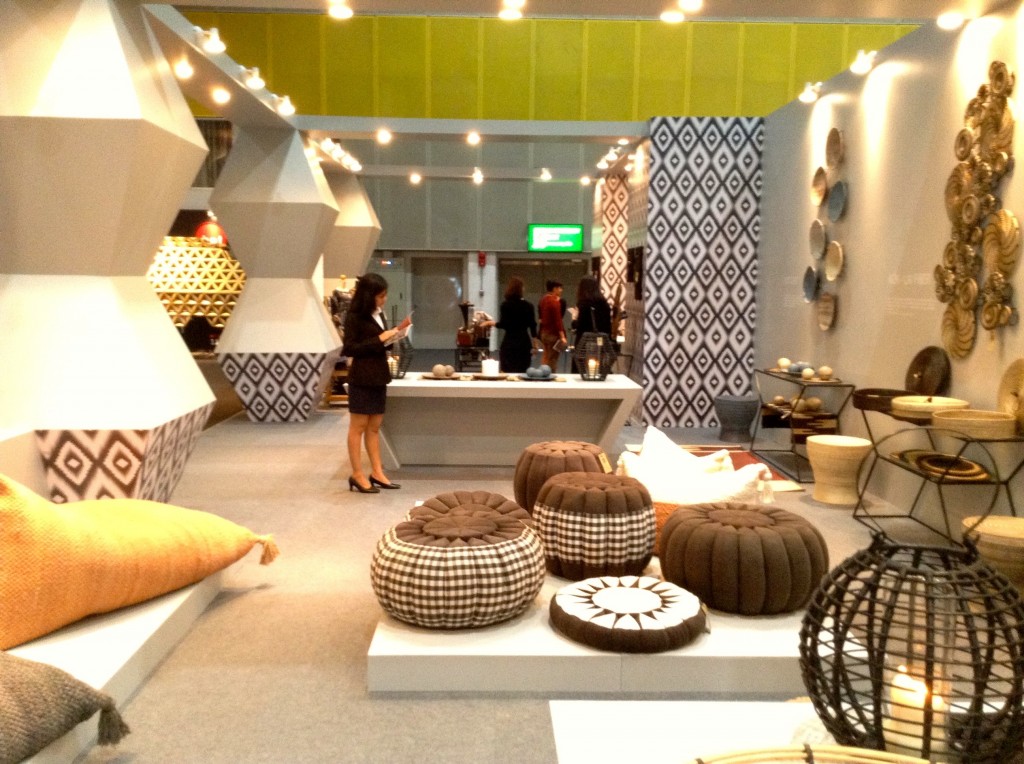 |
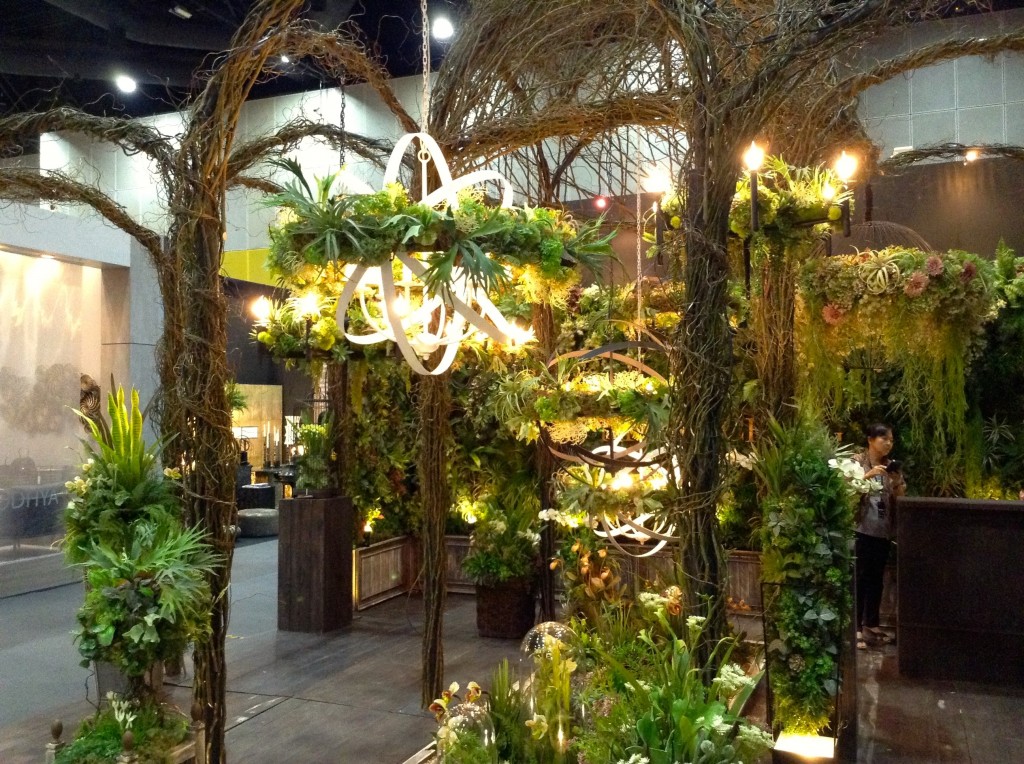 |
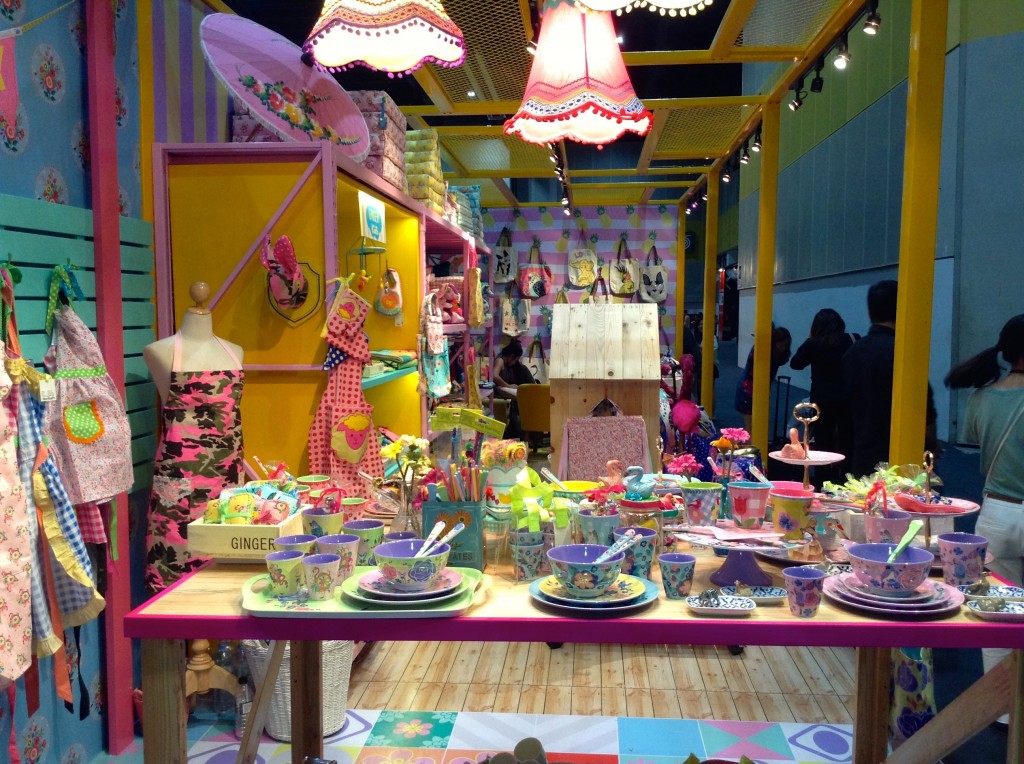 |
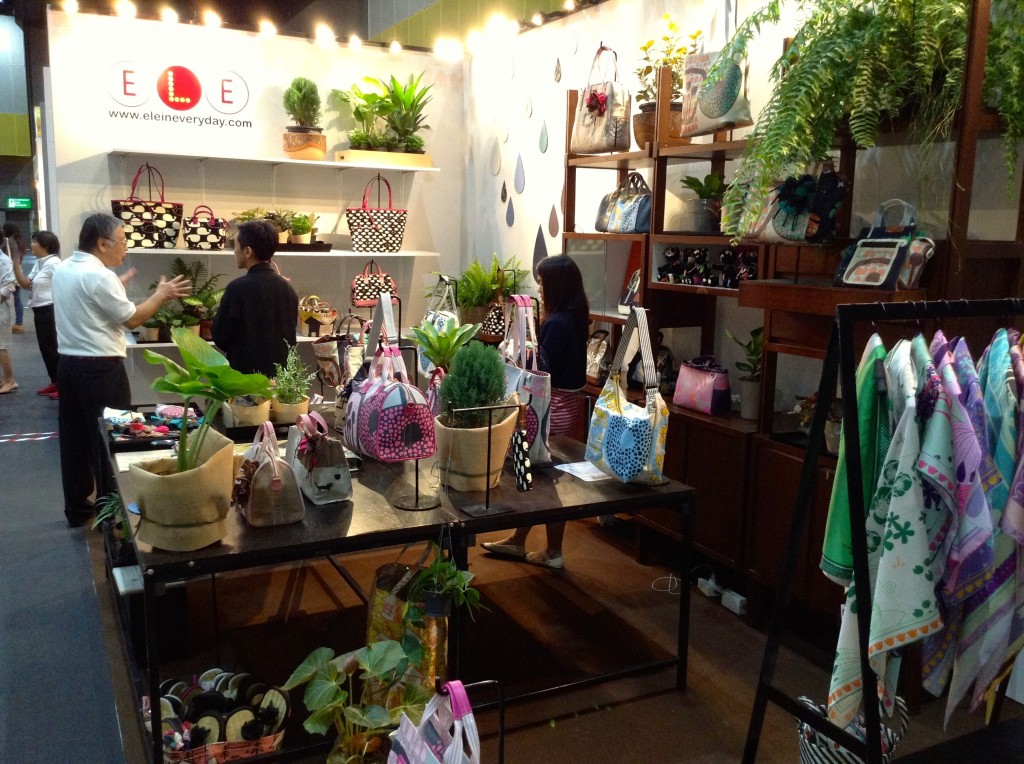 |
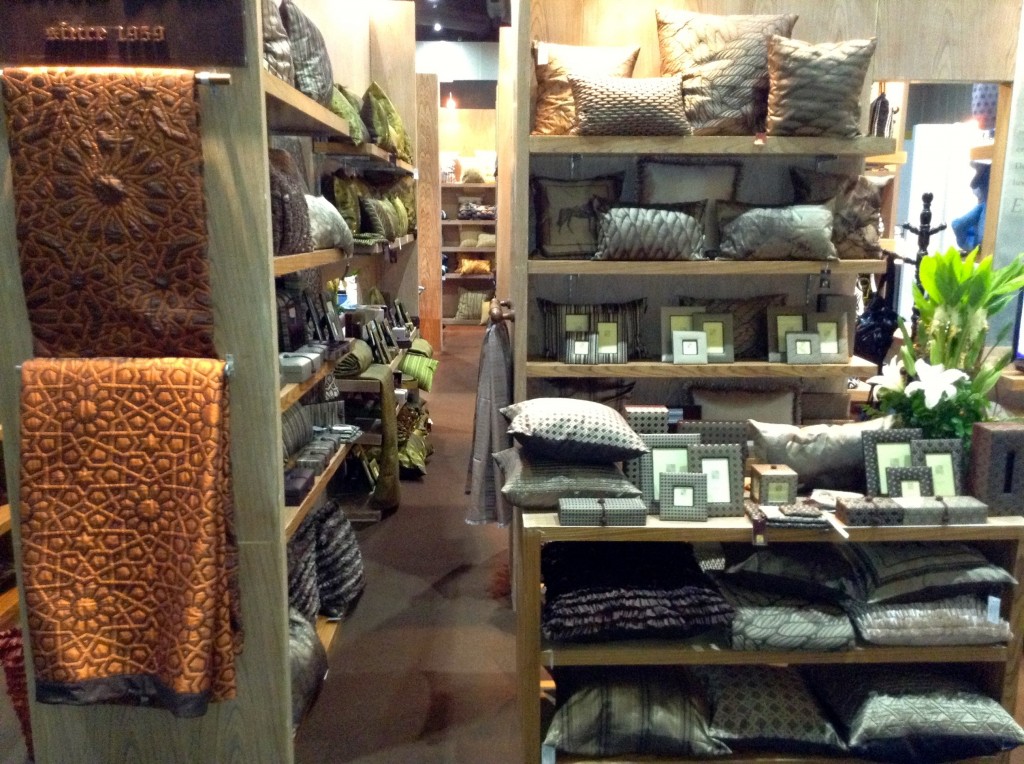 |
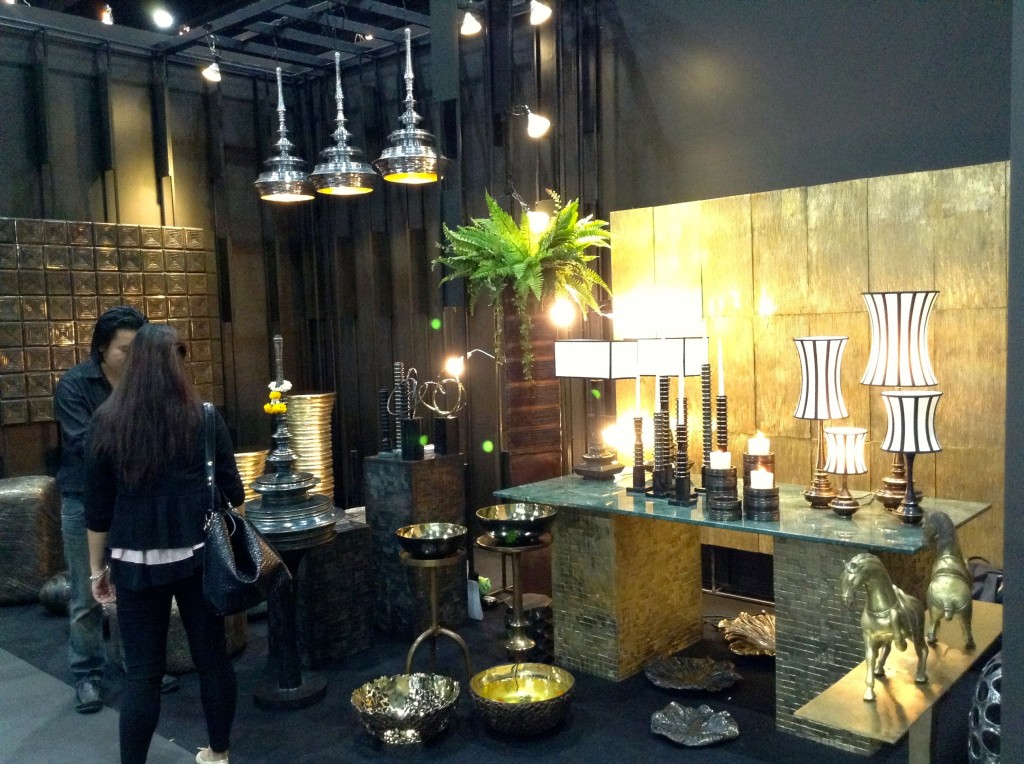 |
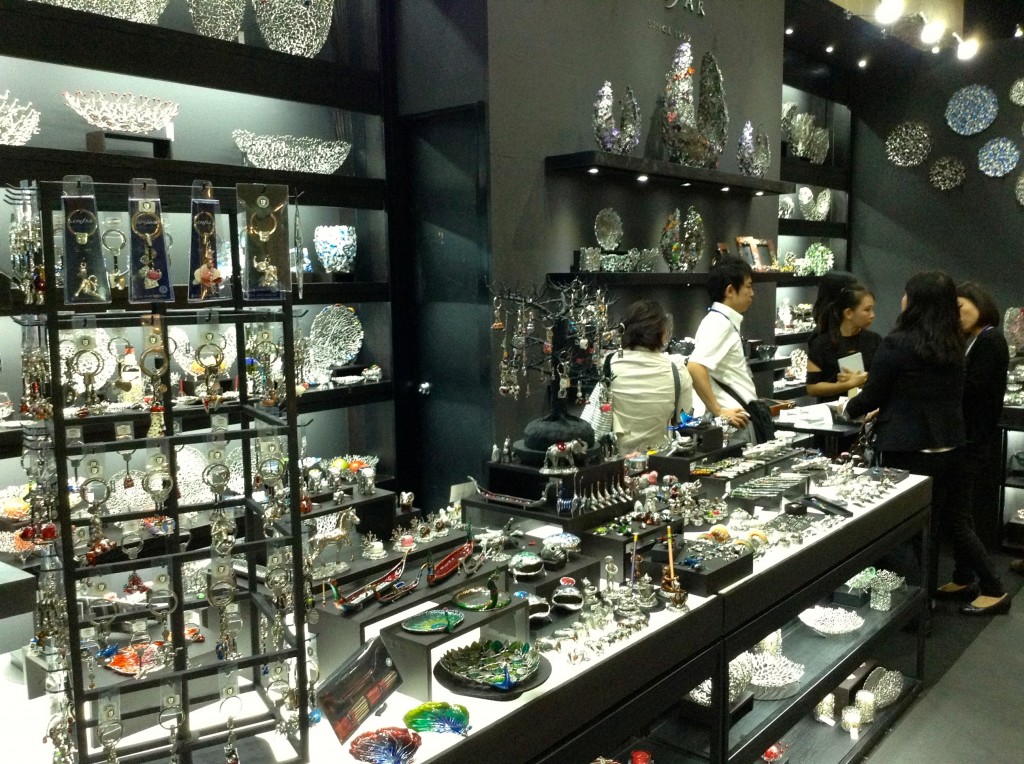 |
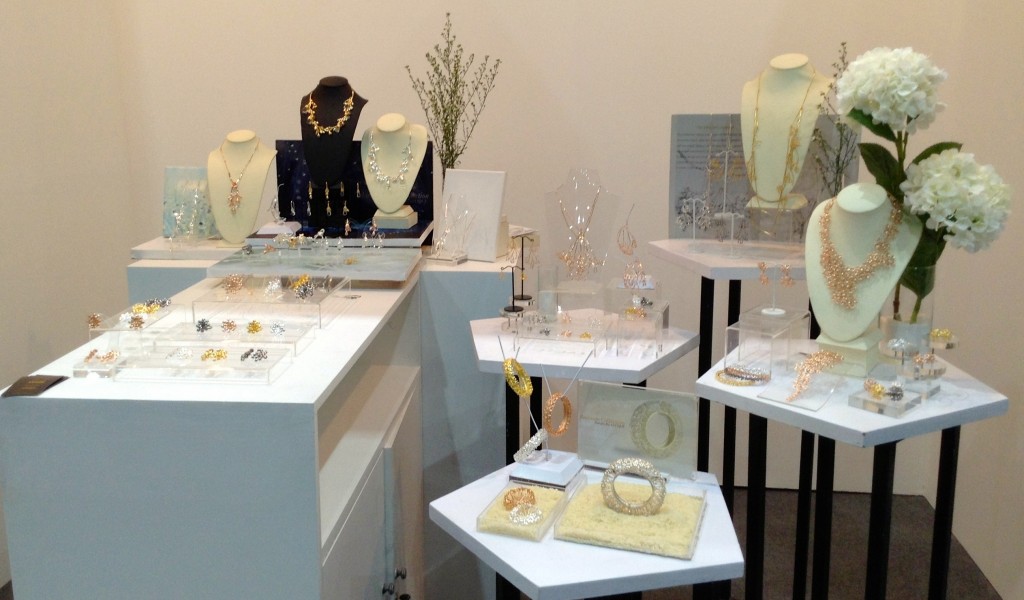 |
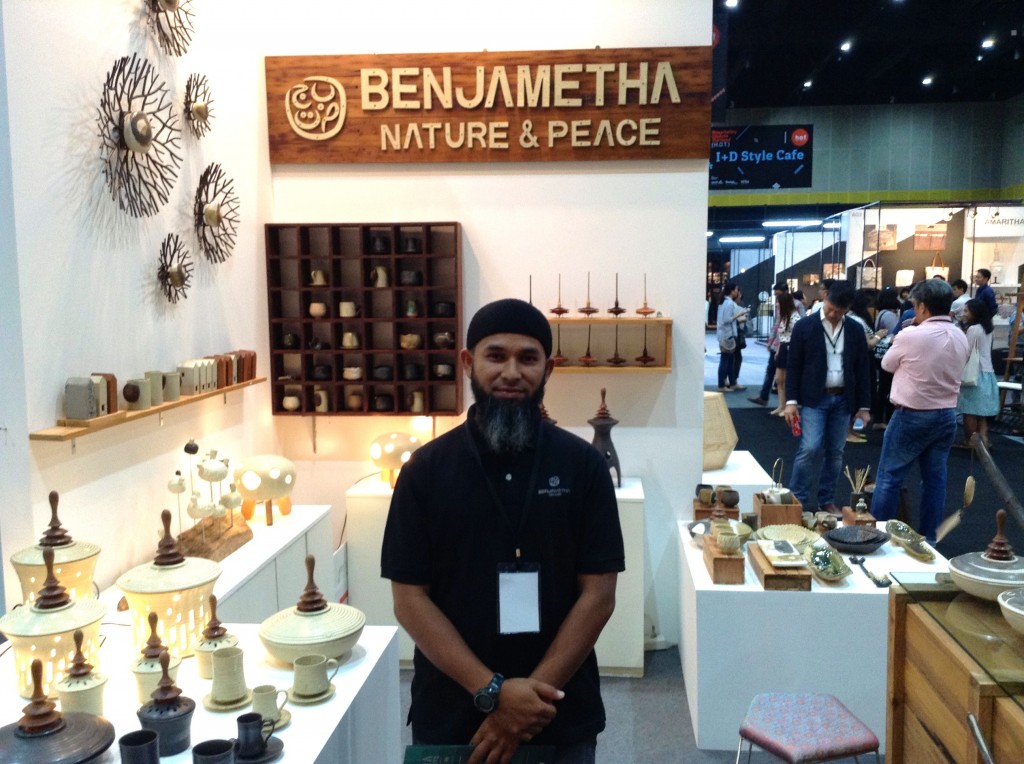 A Thai-Muslim designer from Narathiwat Province in South Thailand. |
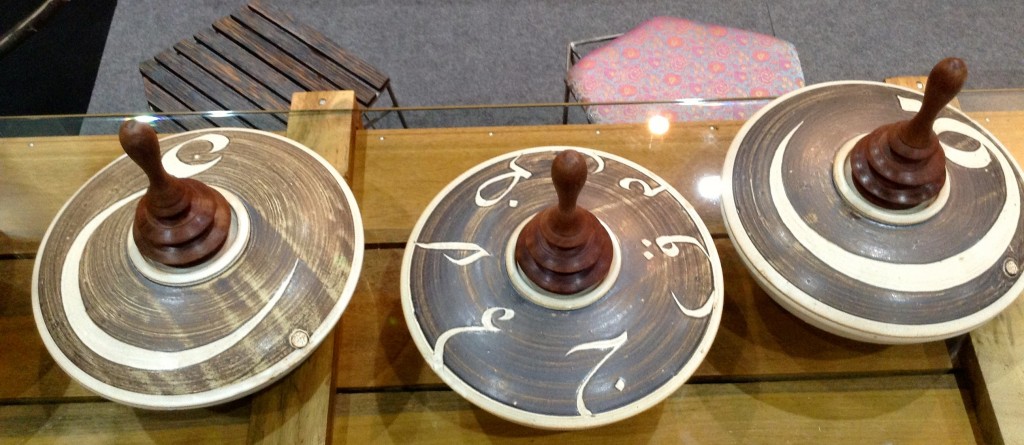 |
|
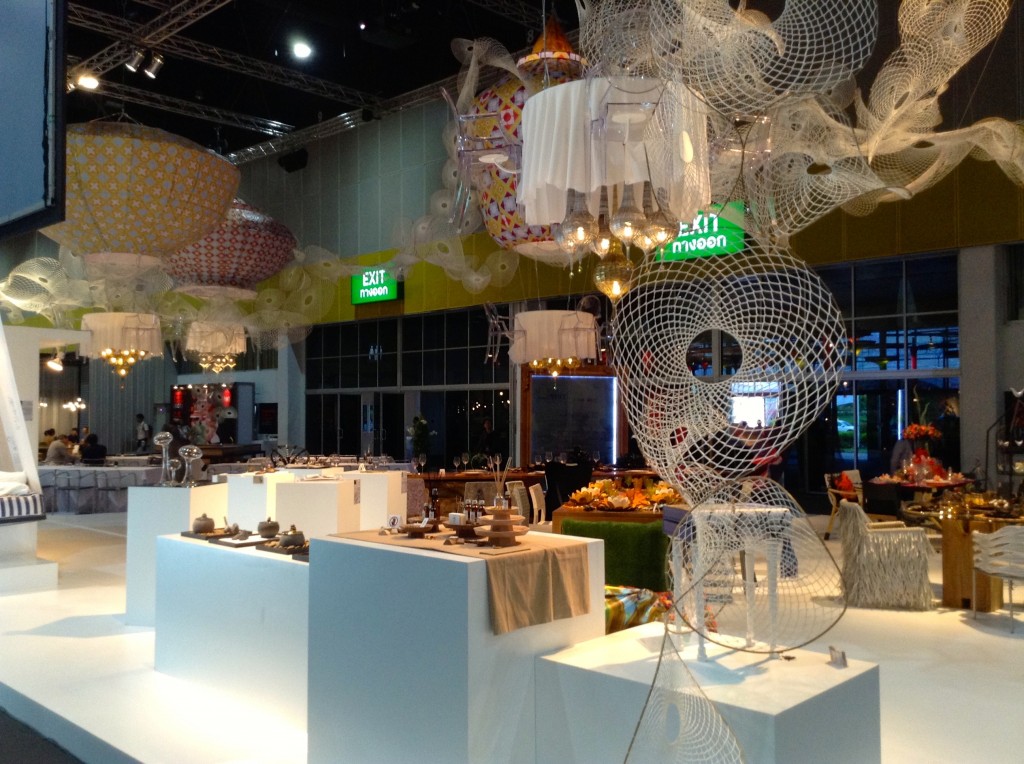 |
 |
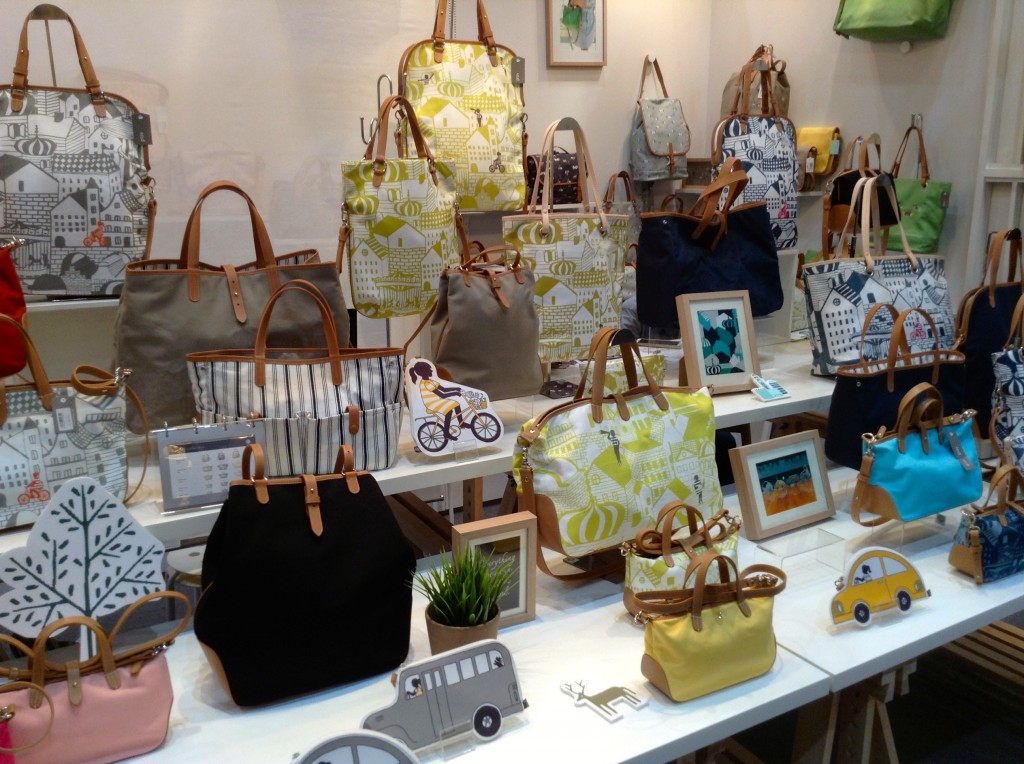 |
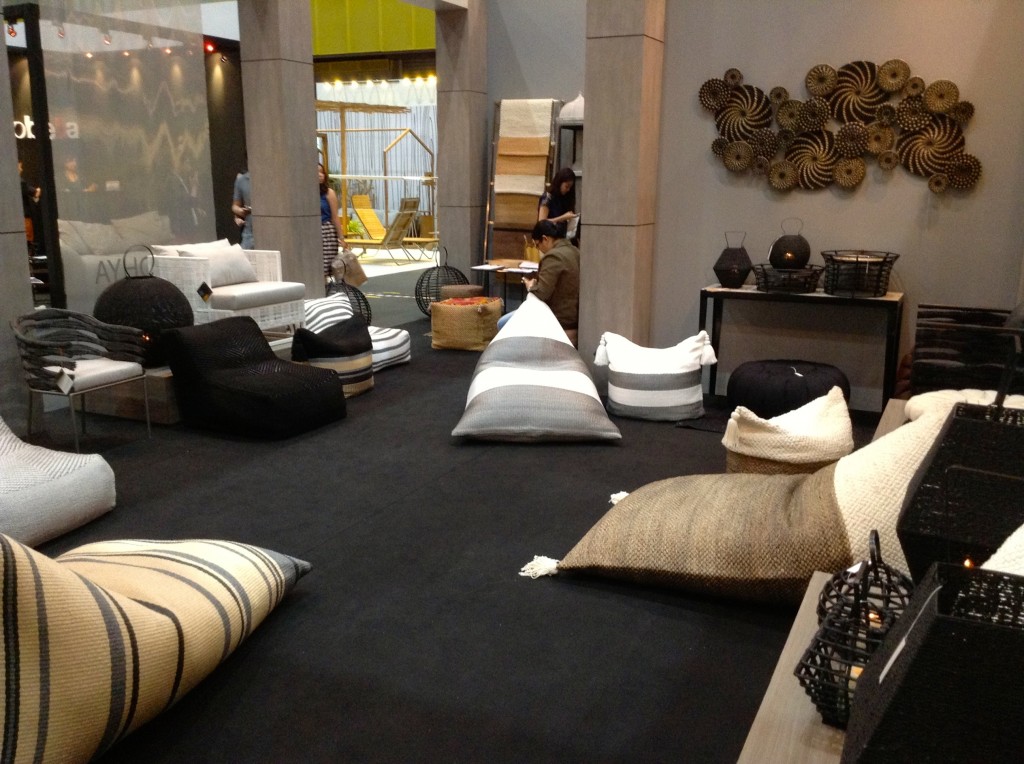 |
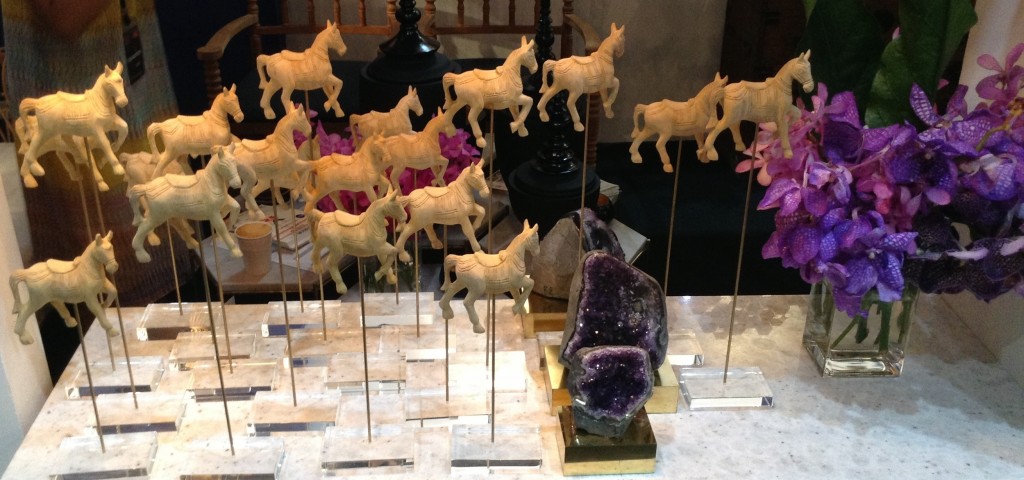 |
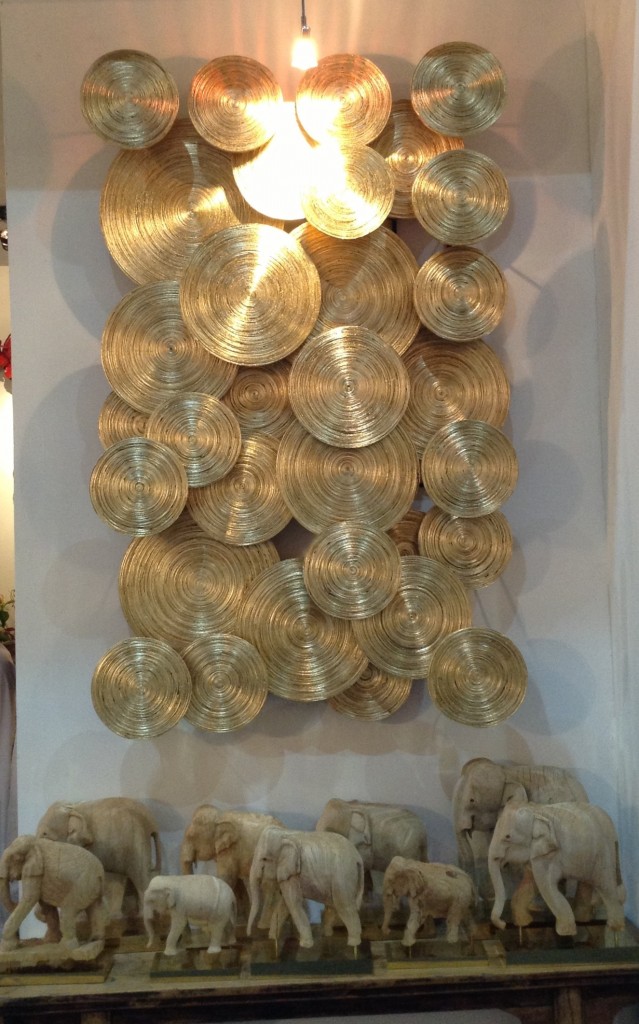 |
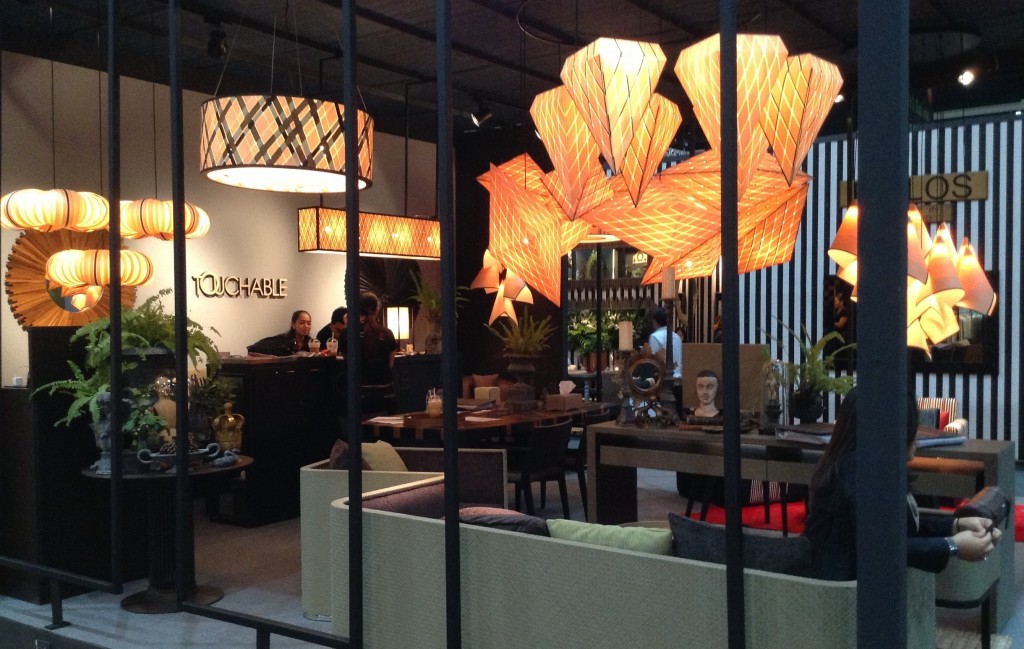 |
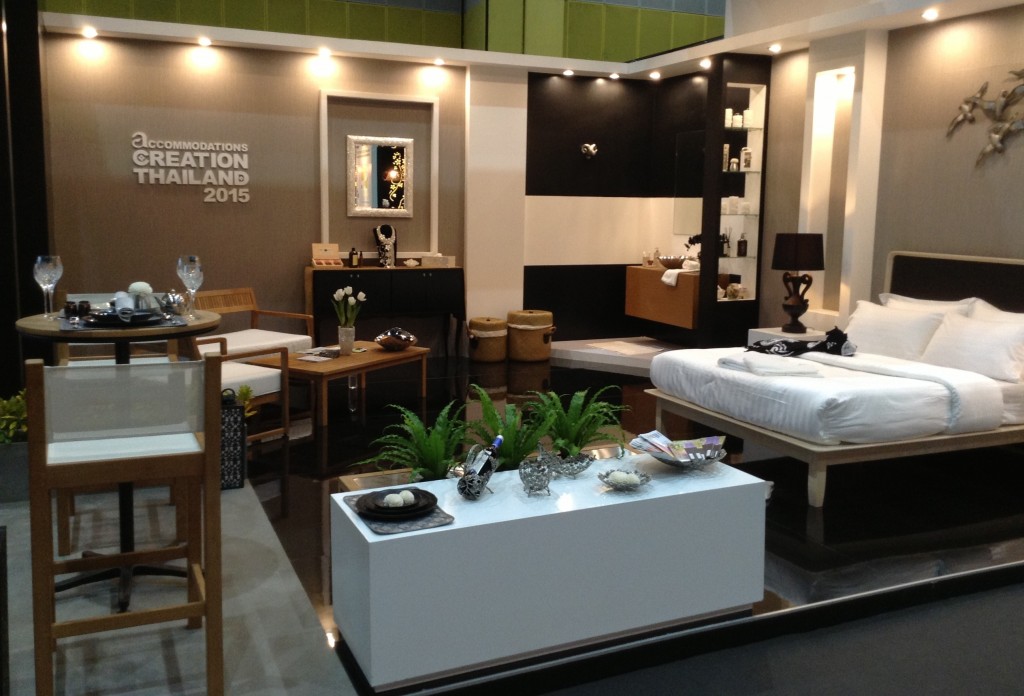 |
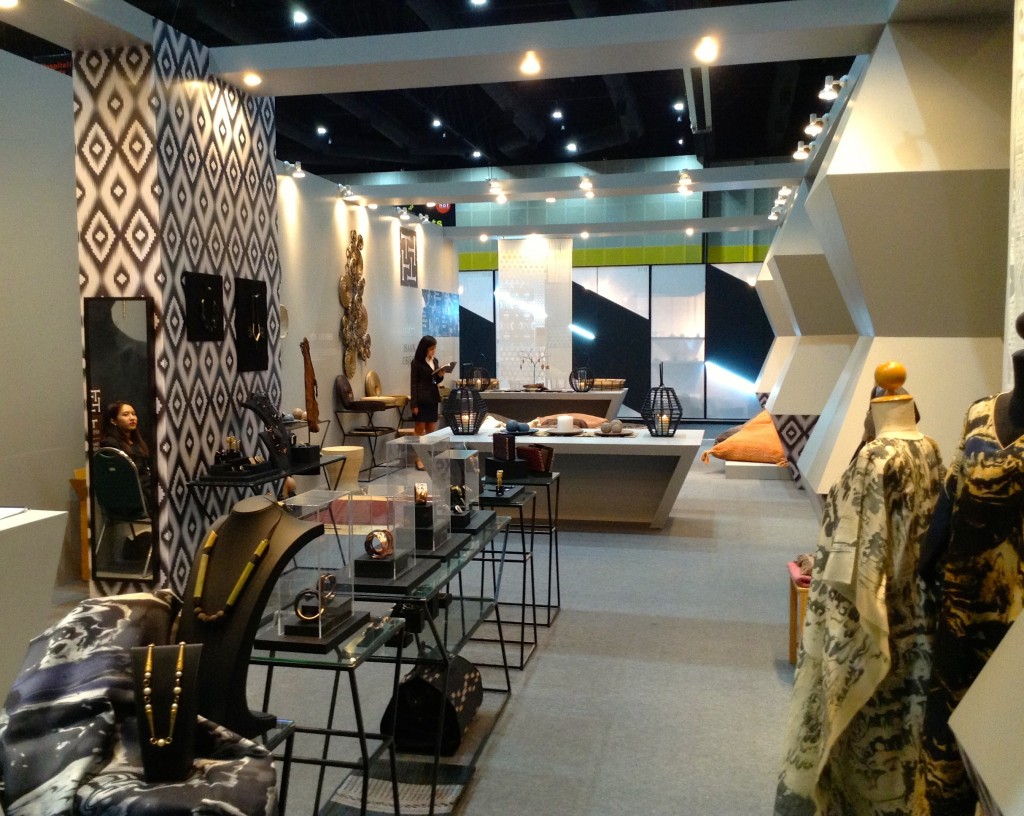 |
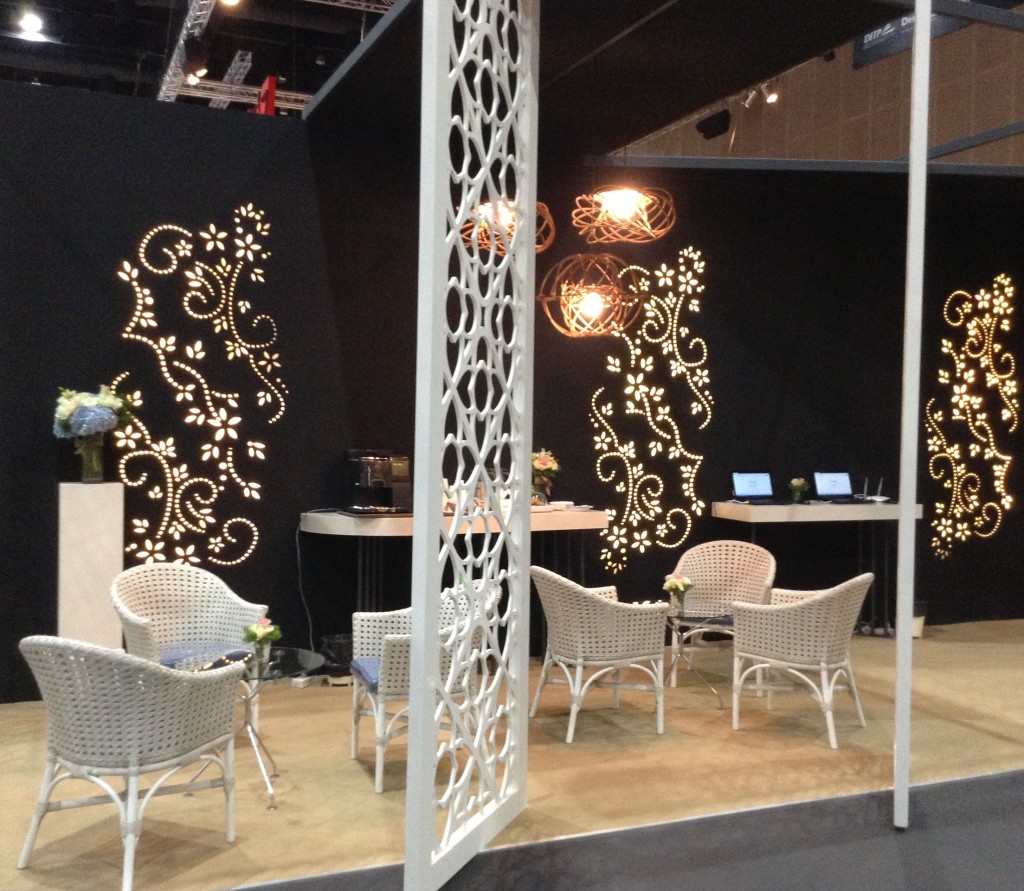 |
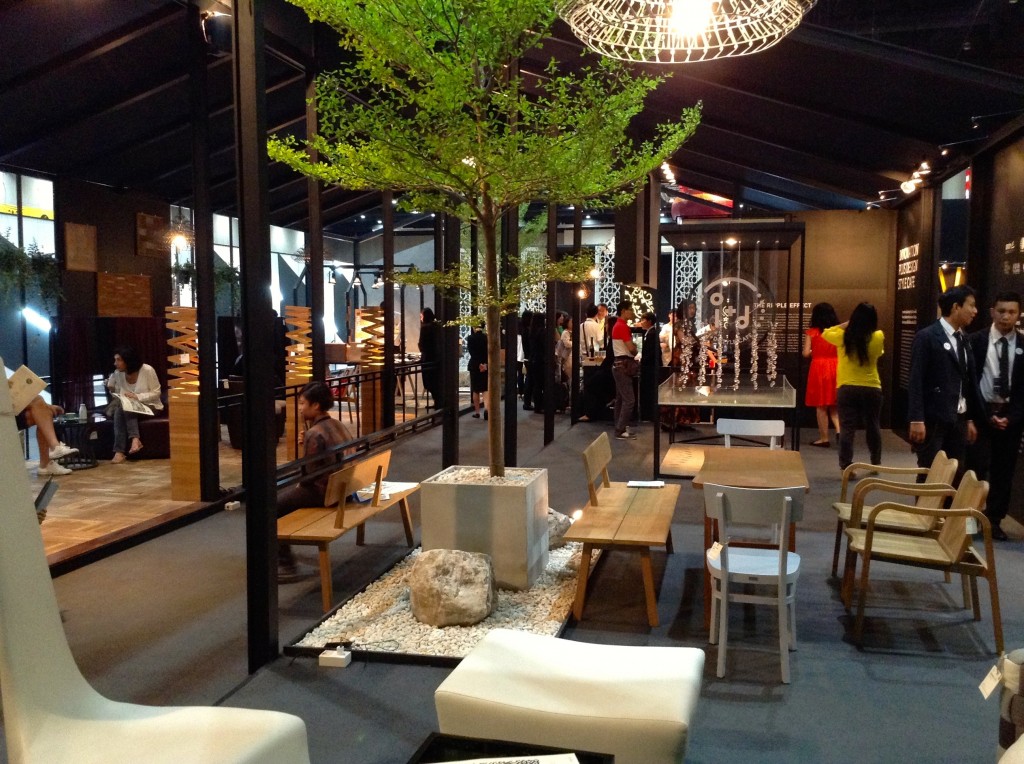 |
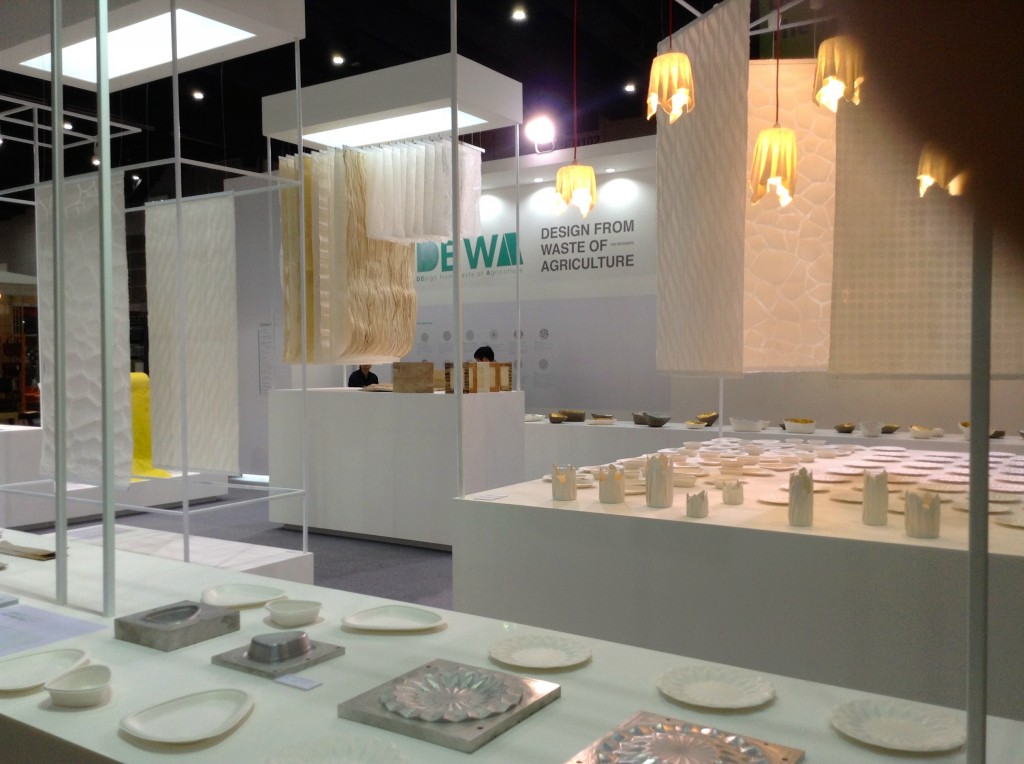 An exhibition of products recycled from agricultural waste material |
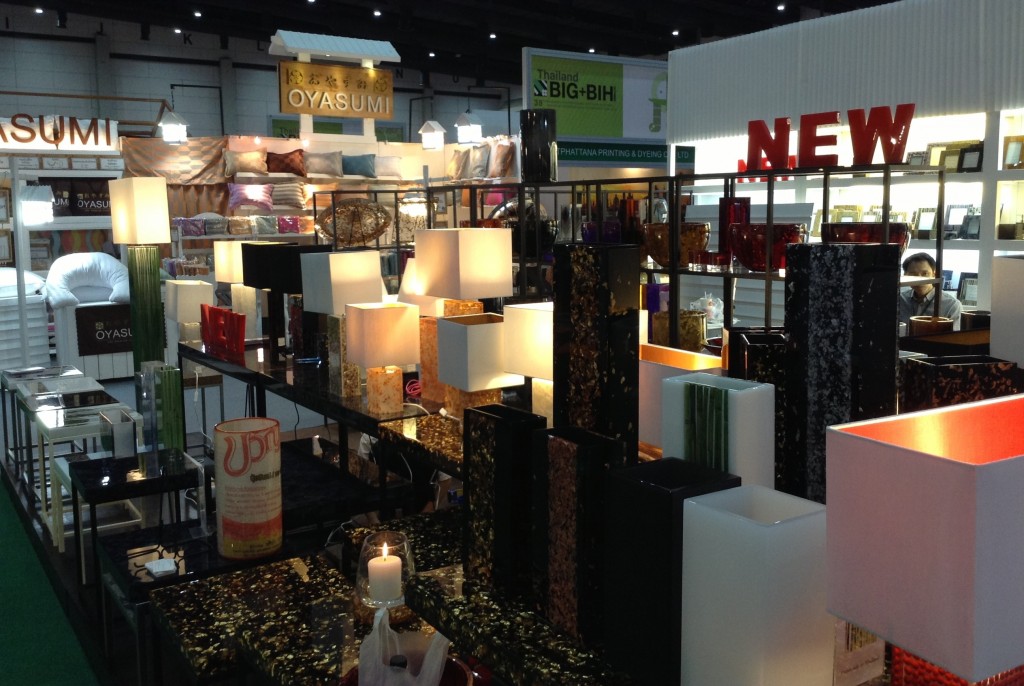 |
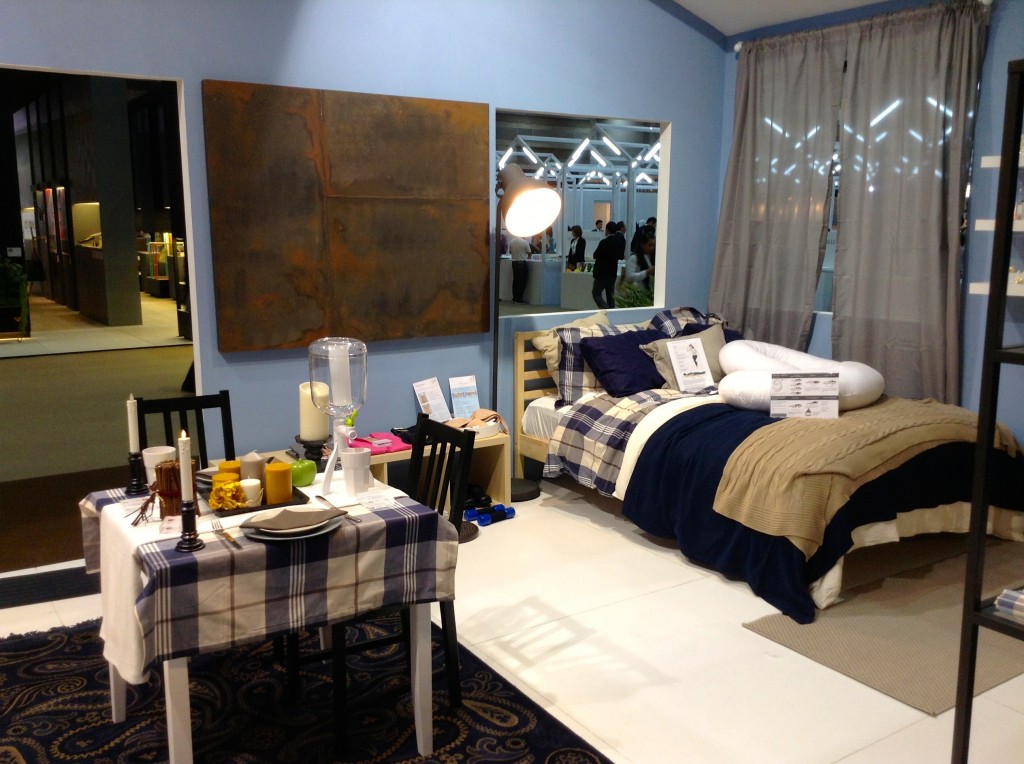 |
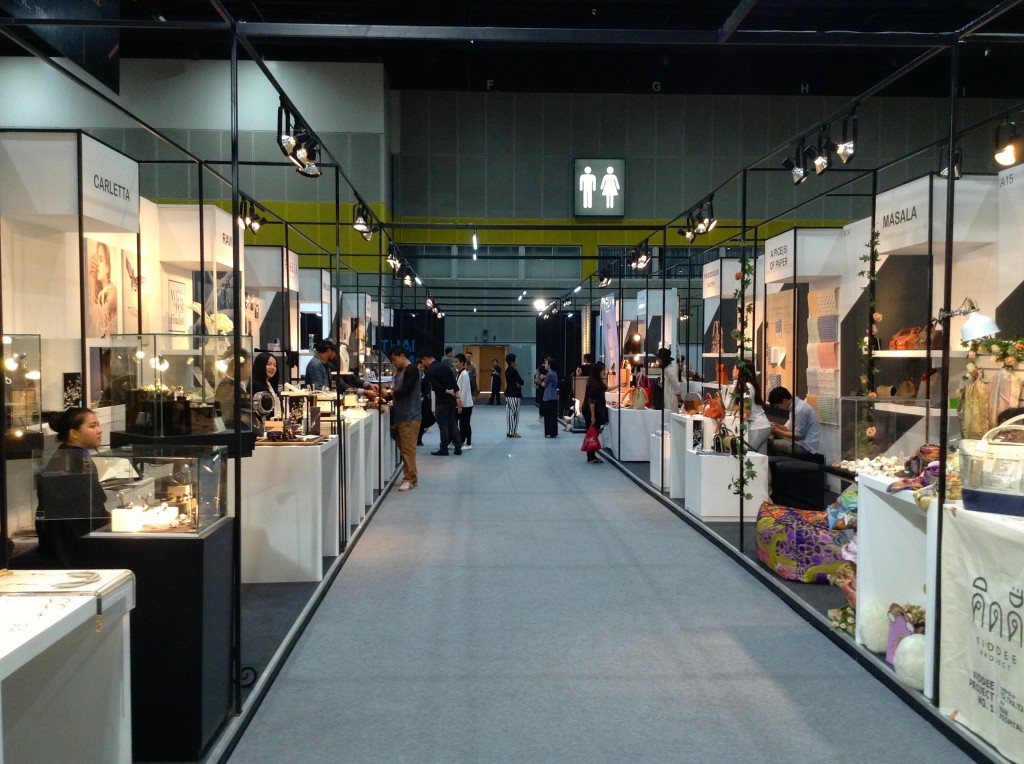 |
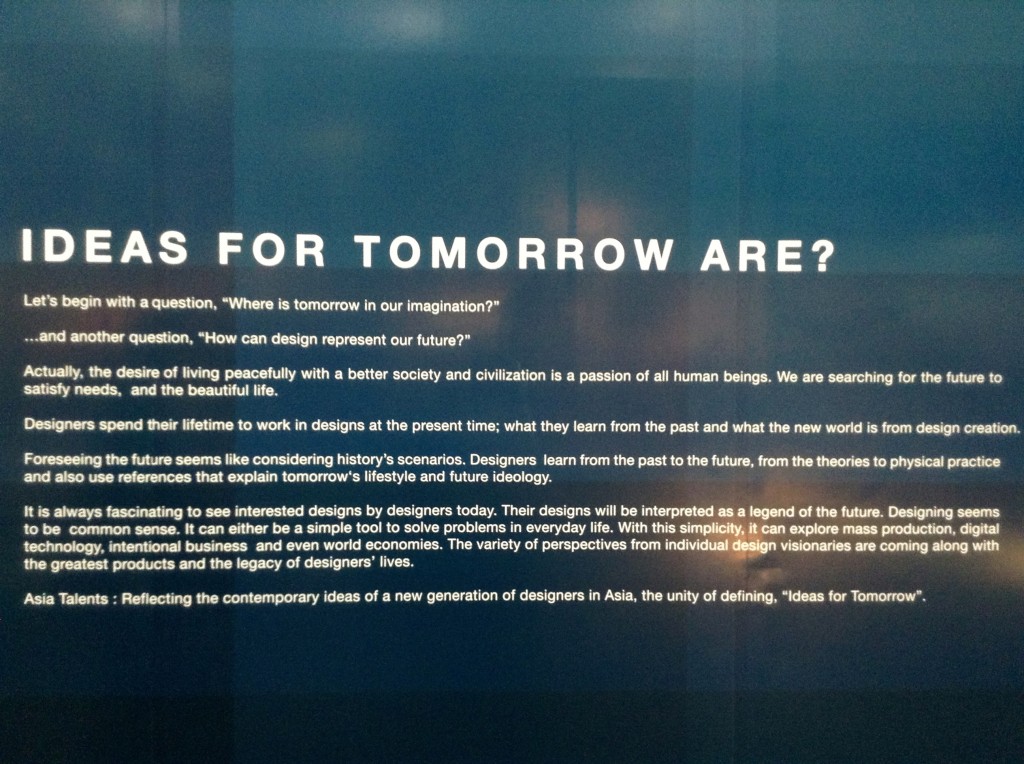 |

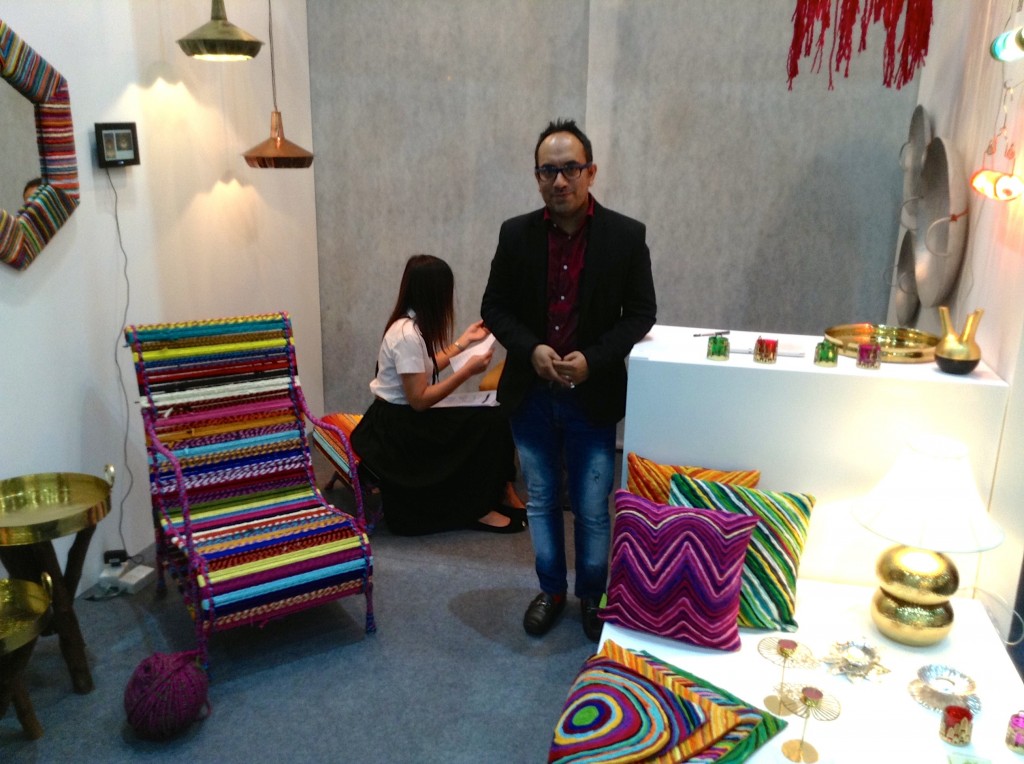


Liked this article? Share it!